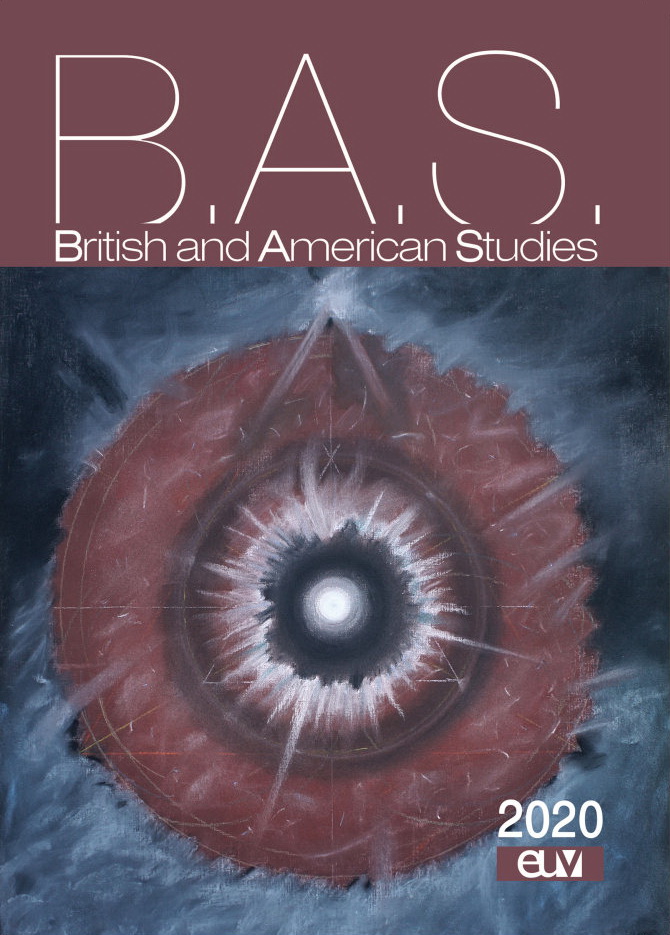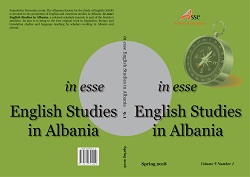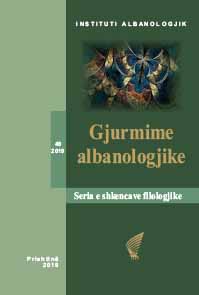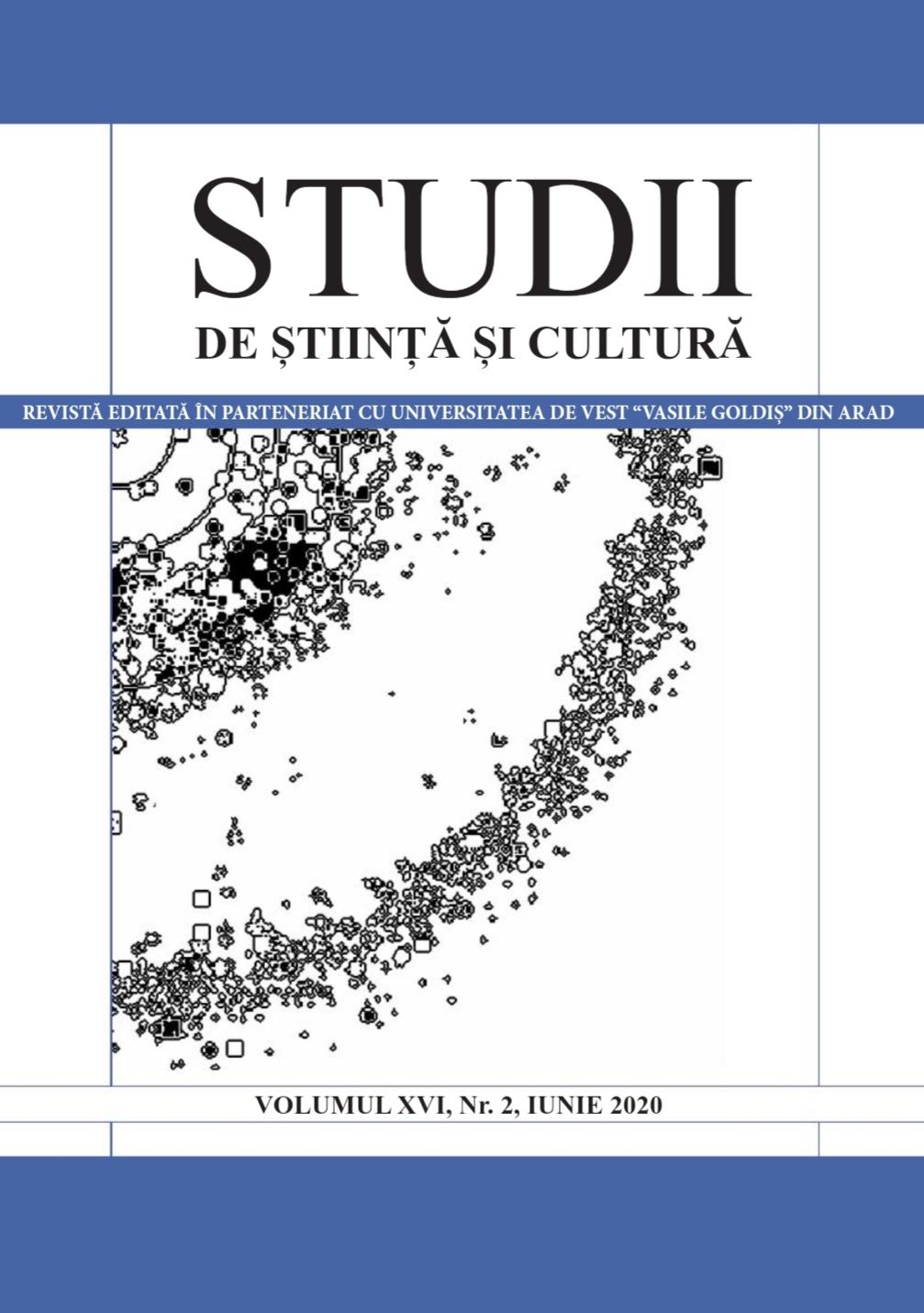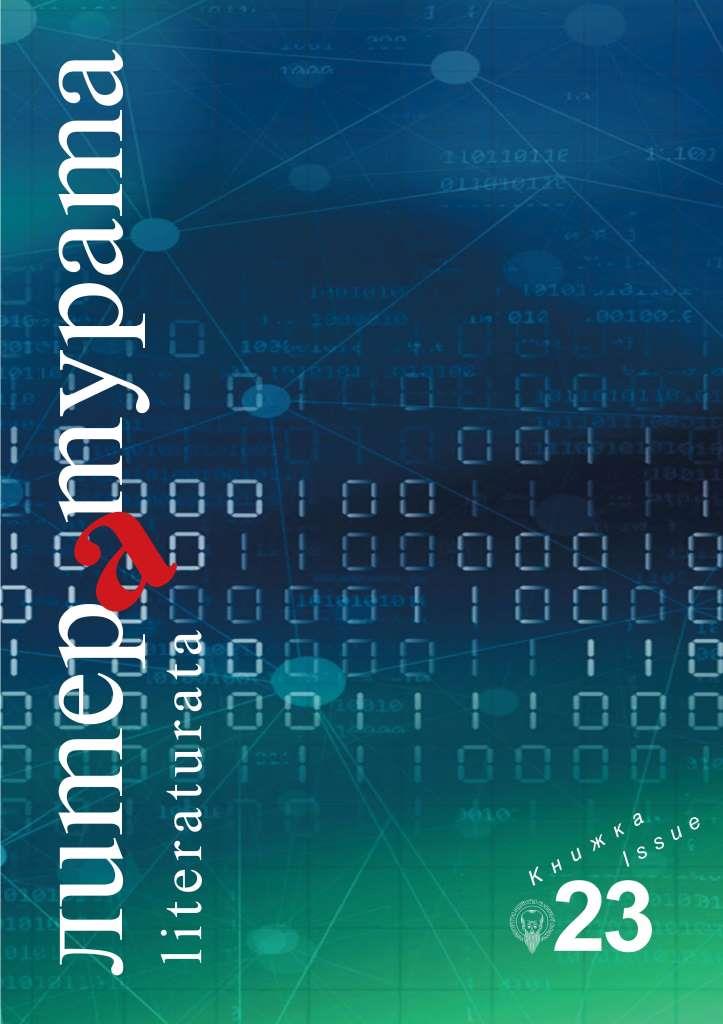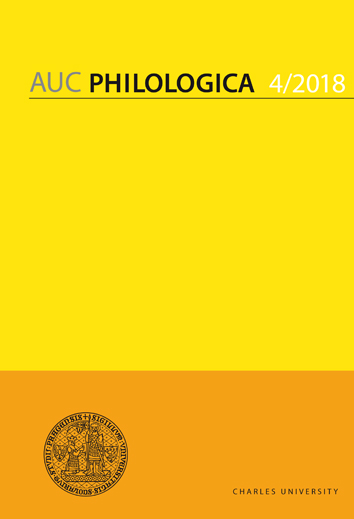
European influence of Dutch and Flemish art. Cultural mobility
The future for European interdisciplinary culture studies lies in the recognition of the dynamics in European culture. If European citizens are to identify with Europe, a familiar European culture has to be offered to them. That familiarity will not be found in a national history or national culture studied in isolation, nor will it be found in European history or culture. Europe does not have a common cultural identity, a shared web of significance. A way out of this dilemma is conceiving European culture as the result of a continuous cross-pollination. Such a view is presented here in an exemplary approach to art, looking at Flemish and Dutch art as a meeting point of cultural influences.
More...
